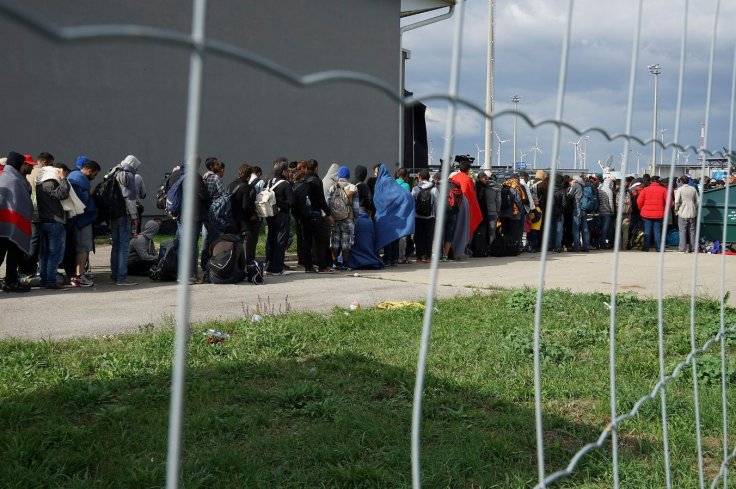The coronavirus pandemic, in addition to having an adverse impact on existing public health and the economy, social behaviors such as internal migration have come to play. Philippines President Rodrigo Duterte, in order to stop overcrowding in Manila, one of the most populous areas in the world, is offering cash and goods to lure city-dwellers to move out of the region. This program is called "Back to the Province," an aggressive attempt in recent decades to move Filipinos to the countryside, reports Bloomberg Quint.
If successful, this would alter long-set patterns of labor mobility. Manila's urban area is home to almost 23 million people, according to a Demographia. Not less than two million jobs are lost in the Philippines through April 24, almost a third of them are in Manila, according to the Labor Department. With less than a thousand deaths, the Philippines has more than 18,990 coronavirus cases.
Jobless Manila

Thousands have left Manila before the coronavirus lockdown. The challenge for them would be to find employment in the countryside, while the economy has not yet recovered, which is why the president is looking at investing $5,026 per person to go "back to the provinces." It includes the cost of transportation and to set up livelihood in the provinces and basic needs.
Another report by the researchers at Manila's University of the Philippines' Population Institute says it would be difficult to draw them to rural areas "Unless and until people perceive a more balanced regional development."
What is Mexico Doing?

In a similar effort to better the country's economy, Mexico's President Andrés Manuel López Obrador drove all the way from Mexico City to the Yucatán Peninsula, almost 1,000 miles apart, as he had promised not to fly in commercial airlines as a personal precaution against the virus.
He went there to tout an infrastructure project, the Mayan Train. This project aims at taking tourists around Yucatán and poorer areas of the south to create new economic opportunities and up to 80,000 jobs, according to the president. The country has more than 10,000 coronavirus deaths and more than 93,000 cases He is looking at getting the country back to work, even though COVID-19 cases are rising. If the move leads to a spike in coronavirus cases, he said, he was prepared to shut down activities once again.
India's Story
Migrant workers in India started a mass exodus from the city to the countryside as they were left jobless and a nil income after its Prime Minister Narendra Modi announced coronavirus lockdown on 24 March. The country is inching towards 200,000 coronavirus cases with more than 5,600 deaths.
They were left without public transport such as trains and buses. This is when thousands of them decided to walk on foot for hundreds of kilometers, some by cycling or hitching rides on tuk-tuks, lorries, water tankers, and milk vans. Not less than 100 died in such efforts due to hunger and road accidents among other ways.
Later, on May 1, Shramik Express trains were specially arranged to carry migrant workers back home from their stranded places, days before the central government extended the lockdown to its third phase. Similar is the situation in Peru.
Would Such Internal Migration Spread COVID-19?
A recent study by researchers from the University of Oxford and Peking University said "Internal migrants should not be held responsible for the initial spread of COVID-19" after it studied the patterns of epicenter Wuhan. The study says that it can only partially explain the spread of coronavirus.
This is because severe outbreaks occurred in provincial capitals that are not connected with Wuhan in terms of migration. "The major contributor is not the migrant job seekers but business people." for the fast-spreading of COVD-19 concluded the study.








